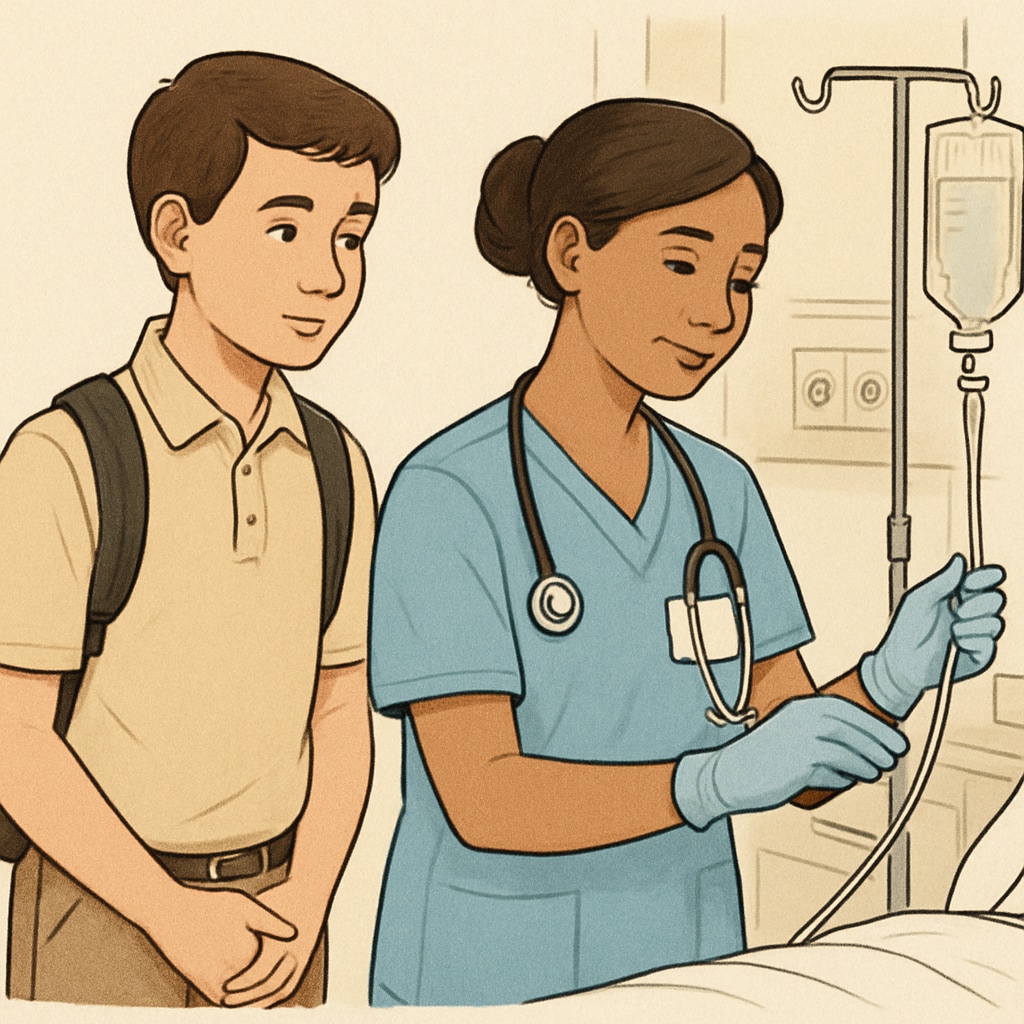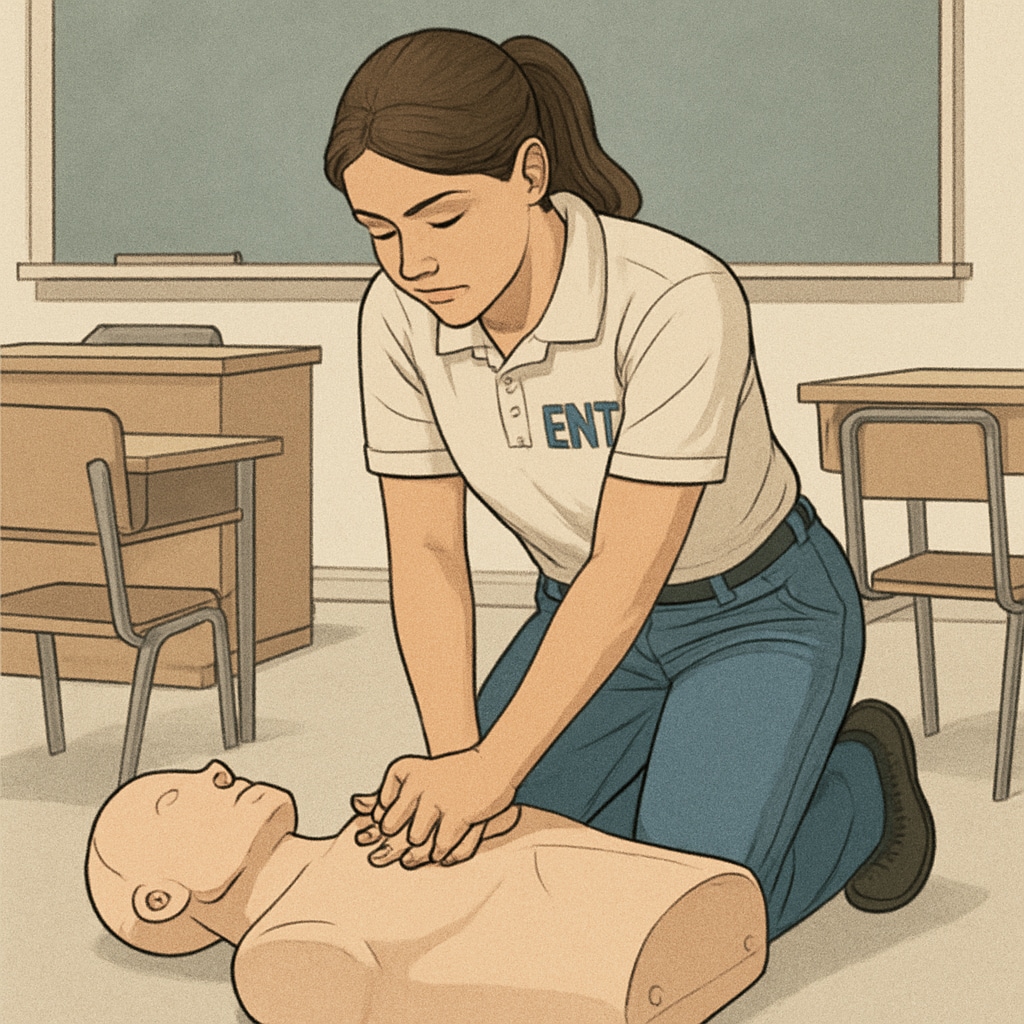Preparing for a successful career in nursing requires a thoughtful balance of academics, hands-on experience, and personal growth. For high school students aspiring to join nursing programs, understanding how to navigate college transfer opportunities and gain valuable EMT (Emergency Medical Technician) experience can make a significant difference. This guide offers practical steps to help students align their professional goals with an active and enriching campus life.

Building a Strong Foundation in High School
The journey toward a nursing career begins in high school. Students should focus on excelling in science and math courses, as these are foundational for nursing programs. Biology, chemistry, and anatomy not only prepare students academically but also give them a taste of what to expect in their higher education journey. In addition, participating in extracurricular activities, such as health-related clubs or volunteering at local hospitals, can provide an early exposure to the healthcare field.
Moreover, high school students should consider taking Advanced Placement (AP) courses or dual-enrollment classes in subjects like biology or psychology. These credits can often be transferred to college, allowing students to lighten their academic load later or explore other interests during their undergraduate years.
Exploring EMT Experience Before or During College
EMT experience can be a valuable asset for aspiring nursing students. Not only does it provide hands-on exposure to patient care, but it also hones essential skills such as communication, critical thinking, and stress management. Many community colleges and local organizations offer EMT certification programs, which can often be completed in under a year.
For students already in college, working part-time as an EMT can complement their nursing studies by reinforcing their academic learning with real-world experience. Additionally, having EMT experience on a resume can make applicants stand out during the competitive nursing program admissions process. For more details about EMT roles, visit the Britannica EMT overview.

Balancing College Transfer and Campus Life
For students starting at community colleges or smaller institutions, transferring to a university with a strong nursing program is a common and achievable goal. However, planning is key to ensuring a smooth transition. Researching transfer agreements between institutions can help students understand which credits will transfer and what prerequisites are required for nursing programs.
Equally important is maintaining a balance between academic responsibilities and campus life. Joining student organizations, participating in healthcare-related clubs, or engaging in recreational activities can help students build social connections and relieve stress. Striking this balance is essential for long-term success and personal well-being.
Key Takeaways for Future Nurses
To summarize, here are some actionable steps for high school and college students pursuing a career in nursing:
- Focus on science and math courses in high school and consider AP or dual-enrollment classes.
- Gain EMT certification for hands-on experience and skill development.
- Research nursing program prerequisites and transfer agreements to ensure a seamless transition.
- Engage in campus activities to create a well-rounded college experience.
By carefully planning their educational and extracurricular paths, students can confidently navigate the journey from high school to a rewarding nursing career. Balancing professional aspirations with personal growth will set the foundation for success in both their education and future healthcare roles.
Readability guidance: Use short paragraphs and bullet points to summarize key ideas. Incorporate transition words to ensure logical flow. Keep an even distribution of active voice and concise sentence structures.


